Know Your Dirt Bike Laws
Dirt bike laws are essential regulations that govern the use, operation, and safety requirements for off-road motorcycles. These laws vary by jurisdiction and aim to ensure rider safety, protect the environment, and balance the interests of riders with those of other land users and property owners. Understanding dirt bike laws is crucial for riders to avoid legal issues, maintain safety, and preserve riding opportunities.
This article will explore the key aspects of dirt bike laws, including general regulations, riding rules, safety requirements, and state-specific variations. By delving into these topics, riders can gain a comprehensive understanding of their legal obligations and responsibilities, ensuring they can enjoy their sport while staying compliant with local and state regulations.

General Dirt Bike Laws
Licensing requirements for dirt bike riders vary depending on where the vehicle is operated. Dirt bikes ridden exclusively on private property or designated off-road areas typically do not require a license. However, riders operating dirt bikes on public roads or dual-sport bikes that are street-legal must possess a valid motorcycle license or endorsement. The licensing process involves passing both written and practical tests to demonstrate knowledge of traffic laws and riding proficiency.
Registration regulations for dirt bikes differ significantly between states. Some states mandate registration for all off-road vehicles, including dirt bikes, even if they are only used on private property. Other jurisdictions only require registration for dirt bikes used on public lands or those that are street-legal. Registration typically entails paying a fee and displaying a registration sticker or plate on the vehicle.
Insurance requirements for dirt bikes also vary by location and intended use. Dirt bikes used exclusively off-road may not require insurance in some states, while others mandate at least liability coverage. For street-legal dirt bikes, insurance requirements are generally the same as for other motorcycles. Liability insurance protects riders from financial responsibility in case of accidents causing injury or property damage to others.
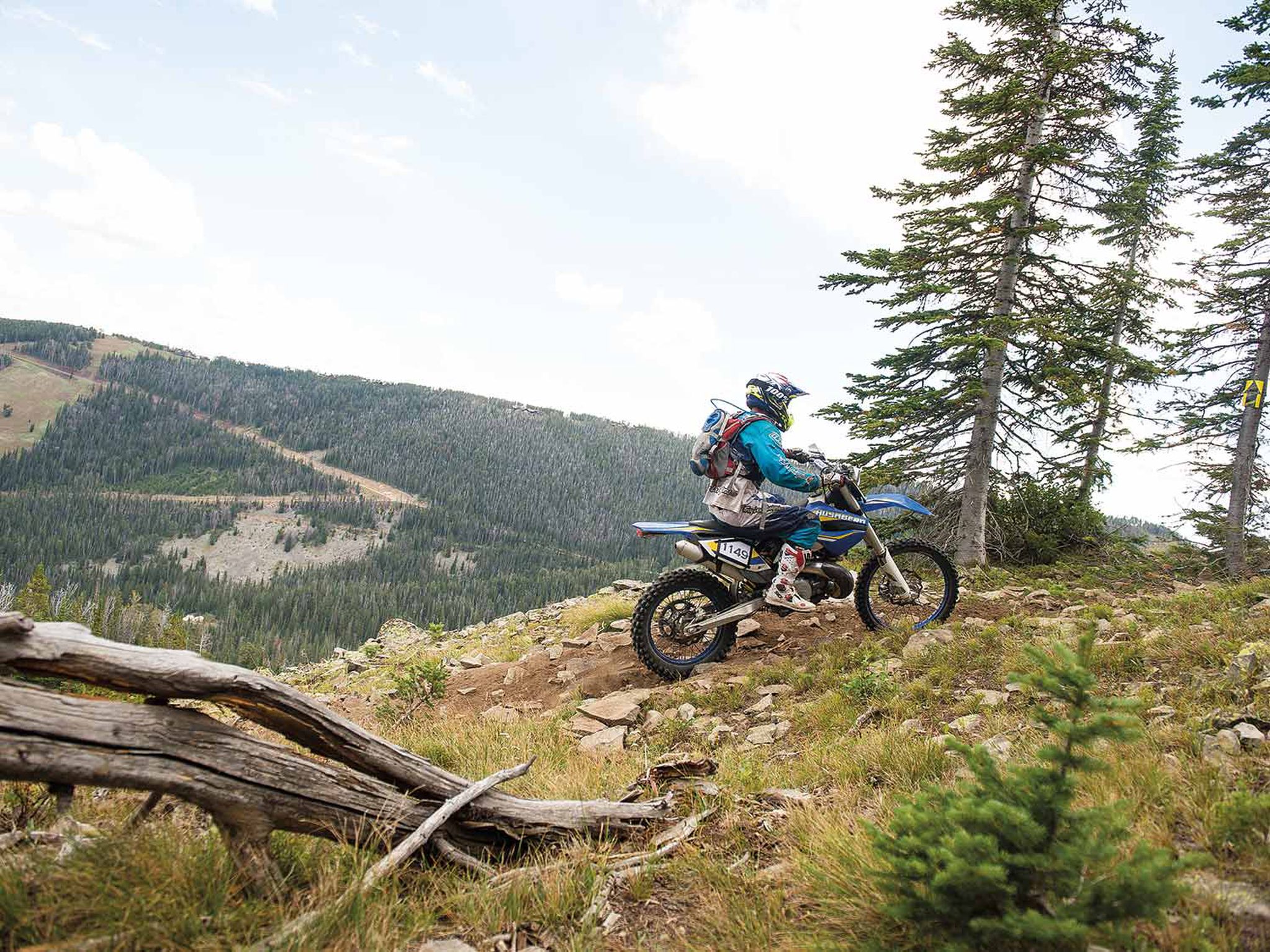
Here’s a table summarizing general dirt bike laws:
| Aspect | Off-Road Use | Street-Legal Use |
|---|---|---|
| Licensing | Generally not required | Motorcycle license/endorsement required |
| Registration | Varies by state/location | Required in most states/locations |
| Insurance | May not be required | Liability insurance mandatory |
Riding Regulations
Noise restrictions are a critical aspect of dirt bike laws, designed to minimize disturbance to wildlife, other recreational users, and nearby residents. Many jurisdictions impose specific decibel limits for off-road vehicles, including dirt bikes. Riders must ensure their bikes are equipped with effective mufflers and maintain them properly to comply with these regulations. Exceeding noise limits can result in fines, trail closures, or bans on dirt bike use in certain areas.
Trail use regulations dictate where dirt bikes can be legally ridden. Designated off-road vehicle (ORV) areas, public lands with specific allowances for motorized use, and private property (with owner permission) are typically legal riding locations. Riders must respect trail closures, seasonal restrictions, and environmental protection measures to preserve access to riding areas. Trespassing on private property or riding in prohibited areas can lead to legal consequences and damage relationships between the dirt bike community and other stakeholders.
Safety equipment requirements are a crucial component of dirt bike laws, aimed at protecting riders from injury. Helmets are universally mandated for dirt bike riders in most jurisdictions. Additional safety gear such as eye protection, gloves, long pants, and sturdy boots may also be required or strongly recommended. Proper safety equipment significantly reduces the risk of severe injury in case of accidents.
Specific State Laws
Dirt bike laws exhibit considerable variation across different states, reflecting diverse geographical, environmental, and cultural factors. Some states have comprehensive off-highway vehicle (OHV) programs with well-developed trail systems and clear regulations, while others have more limited infrastructure and less specific laws governing dirt bike use.
For example:
1. California has an extensive OHV program with designated riding areas, mandatory vehicle registration, and specific noise limits.
2. Colorado requires OHV registration for dirt bikes used on public lands and mandates a state OHV permit for out-of-state riders.
3. New York prohibits the operation of dirt bikes on public highways unless the vehicle meets street-legal requirements and is properly registered and insured.
4. Texas does not require registration for dirt bikes used exclusively off-road but mandates liability insurance for all motor vehicles.
These examples illustrate the importance of researching and understanding the specific laws in one’s state of residence or intended riding location. State laws govern aspects such as age restrictions, required safety courses, and permissible riding areas.
To stay informed about state-specific dirt bike laws, riders should:
- Consult their state’s Department of Motor Vehicles or equivalent agency
- Review information from state parks or natural resources departments
- Check with local off-road riding clubs or associations
- Monitor updates from national organizations like the American Motorcyclist Association

Environmental Considerations
Environmental protection is a significant concern in dirt bike laws and regulations. Many areas impose restrictions to minimize the impact of off-road riding on sensitive ecosystems, wildlife habitats, and soil erosion. Riders must adhere to “Tread Lightly” principles and stay on designated trails to preserve the natural environment and maintain access to riding areas.
Some key environmental regulations include:
- Spark arrestor requirements to prevent wildfires
- Restrictions on crossing streams or riding in wetlands
- Seasonal closures to protect wildlife during breeding seasons
- Prohibitions on damaging vegetation or disturbing wildlife
Compliance with these environmental regulations helps ensure the long-term sustainability of dirt bike riding as a recreational activity.
Enforcement and Penalties
Law enforcement agencies, including local police, state troopers, and natural resource officers, are responsible for enforcing dirt bike laws. Penalties for violations can range from warnings and fines to vehicle impoundment and criminal charges in severe cases.
Common infractions and their potential consequences include:
- Riding without proper licensing or registration: Fines and possible vehicle impoundment
- Operating in prohibited areas: Trespassing charges and loss of riding privileges
- Excessive noise violations: Fines and mandated equipment modifications
- Safety equipment violations: Fines and potential personal injury liability
Consistent enforcement of dirt bike laws aims to promote responsible riding behavior and protect public safety and environmental resources.
Future Trends in Dirt Bike Legislation
As technology evolves and environmental concerns grow, dirt bike laws are likely to adapt. Some emerging trends include:
1. Increased regulation of electric dirt bikes, which present unique challenges in terms of noise control and trail impact
2. More stringent emissions standards for off-road vehicles
3. Enhanced tracking and enforcement mechanisms, such as GPS-enabled registration stickers
4. Expanded education and certification requirements for riders
These evolving regulations will shape the future of dirt bike riding and off-road recreation.
In conclusion, understanding and complying with dirt bike laws is essential for riders to enjoy their sport responsibly and legally. By staying informed about licensing, registration, and insurance requirements, adhering to riding regulations, using proper safety equipment, and respecting environmental considerations, dirt bike enthusiasts can help ensure the longevity and positive reputation of their sport. As laws continue to evolve, it is crucial for riders to stay updated and adapt their practices accordingly, fostering a culture of responsible off-road recreation.

Jason Wilkins began his career with a passion for online shopping experiences and deep insights into the outdoor gear market. With the aim of providing excellent choices for those who love an active lifestyle, he established besttraildirtbike.com, specializing in advising and selling Amazon Affiliate products suitable for dirt bikes, accessories, and touring gear.
Leveraging his expertise in SEO techniques and business management skills, Jason has built a reputable brand, attracting thousands of customers. As a dedicated and creative leader, he continuously seeks ways to enhance the user experience and sustainably grow the business.
Jason has in-depth knowledge of dirt bike trends and accessory innovations, constantly updating himself on the latest breakthroughs in this field. On his website, he shares detailed and objective reviews of hot products on the market, along with tips for safe dirt biking and touring.
With the motto “Passion Without Limits,” Jason aspires to inspire many outdoor enthusiasts to explore the wonders of nature. Under his guidance, besttraildirtbike.com is steadily becoming a trusted destination for customers to find quality products for their dirt biking and adventure touring pursuits.
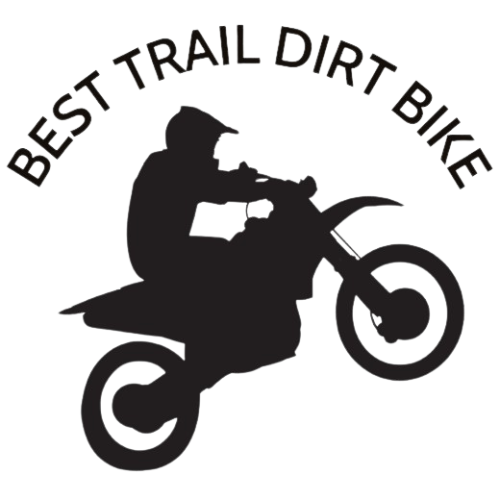

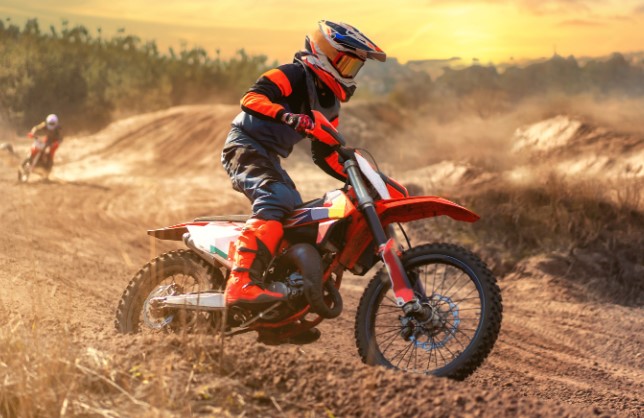

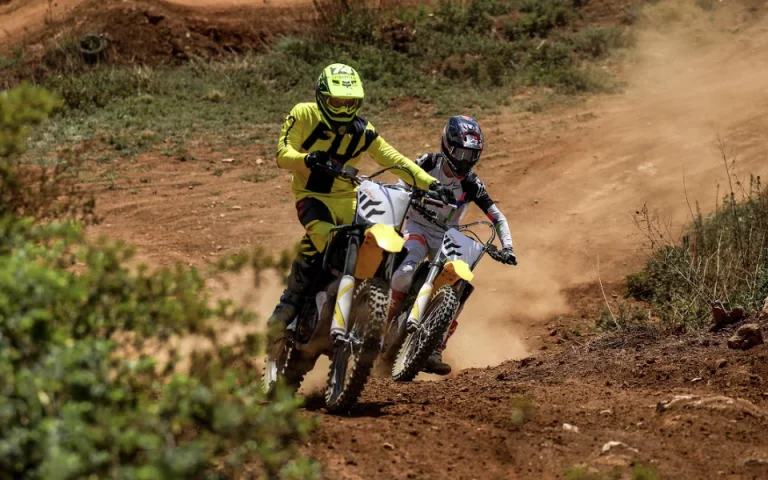
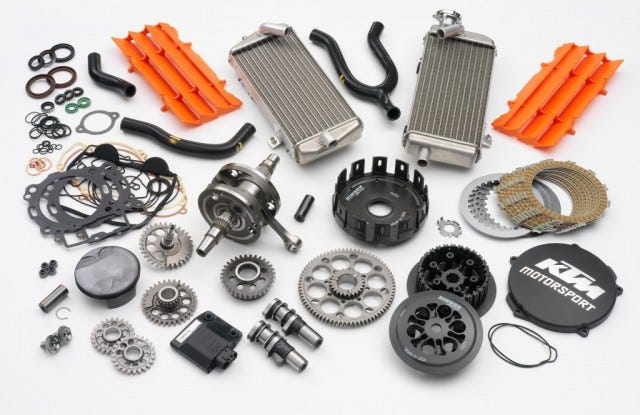
Important info for riders of all levels! As someone new to dirt biking, this article is a great reminder to research and understand local regulations before hitting the trails. I’m particularly curious about the differences in laws between states. Are there any resources that provide a comprehensive overview of dirt bike laws across the country?
Thank you for your comment, Sophia! You’re absolutely right that understanding local regulations is crucial for all dirt bike riders. Regarding resources for dirt bike laws across different states, there isn’t a single comprehensive source that covers all state laws, as regulations can vary significantly and change over time. However, here are some suggestions to help you research:
Check your state’s Department of Motor Vehicles (DMV) or Department of Natural Resources websites. They often have sections dedicated to off-road vehicle laws.
Look up off-highway vehicle (OHV) organizations in your state or region. They frequently provide updated information on local laws and regulations.
The American Motorcyclist Association (AMA) website sometimes offers state-by-state guides to motorcycle laws, which may include dirt bike regulations.
Consider contacting local riding clubs or attending dirt bike events in your area. Experienced riders can often provide valuable insights into local laws and best practices.
Remember that laws can change, so it’s always best to verify information with official sources. Happy and safe riding!
This article is a crucial reminder for all dirt bike enthusiasts to be aware of local laws and regulations. As a new rider, I’m still learning the ropes and appreciate the emphasis on safety and responsible riding. I’d be curious to hear from more experienced riders about their experiences with law enforcement and any advice they might have for staying on the right side of the law.
This article provides valuable information for dirt bike enthusiasts, especially those new to the sport. It’s crucial to understand and follow local laws to ensure safety and avoid legal issues. I appreciate the emphasis on proper licensing, registration, and insurance requirements. The breakdown of state-specific regulations is particularly helpful. As a rider, I’ll definitely use this as a reference to stay compliant and enjoy riding responsibly. It’s also a good reminder to always check for updates, as laws can change over time.
The article on dirt bike laws is incredibly informative! It’s crucial to know the regulations for licensing, registration, and insurance to avoid any legal issues. I appreciate the detailed breakdown of general dirt bike laws and the importance of adhering to noise restrictions and trail use regulations. One question: Are there any online resources for checking state-specific dirt bike laws?
Hi Ethan,
Thank you for your kind words! I’m glad you found the article on dirt bike laws informative. For checking state-specific dirt bike laws, there are several useful online resources:
State Department of Motor Vehicles (DMV) Websites: Many states have dedicated pages for off-road vehicle regulations, including dirt bikes.
Off-Highway Vehicle (OHV) Associations: Websites such as the National Off-Highway Vehicle Conservation Council (NOHVCC) often provide state-specific information and updates on regulations.
Local Trail Organizations: Regional or local trail associations often have information about local laws and regulations, including noise restrictions and trail use rules.
Legal Information Websites: Platforms like FindLaw or legal information sites might have summaries or links to state-specific laws regarding dirt bikes.
It’s always a good idea to verify the information with local authorities or official sources to ensure you have the most up-to-date and accurate information. Let me know if you have any more questions!
Ride safely!
The article on top-rated dirt bike boots is incredibly informative! I appreciate the detailed reviews of each boot, especially the Alpinestars Tech 10 and Gaerne SG-12. The pros and cons listed for each boot help in making an informed decision. One question: how important is it to have a dual-stage pivot system in dirt bike boots?
Hi Daniel,
Thank you for the kind words about the article on dirt bike boots! I’m glad you found the reviews and pros and cons helpful.
Regarding your question about the dual-stage pivot system, it’s quite important in high-performance dirt bike boots. The dual-stage pivot system enhances ankle support and flexibility. This system typically includes two pivot points: one for rotational movement and another for lateral movement. This design provides better control, stability, and protection by allowing the boot to move with the rider’s natural motion while still safeguarding against excessive flexion or rotation that could lead to injury.
In competitive and off-road riding, this added support and flexibility can make a significant difference in both comfort and safety. If you have any more questions or need further recommendations, feel free to ask!
An outstanding share! I’ve just forwarded this onto a coworker who
was conducting a little homework on this. And he in fact ordered me dinner due to the fact that I discovered it
for him… lol. So let me reword this…. Thank YOU for the meal!!
But yeah, thanx for spending some time to talk about
this subject here on your web site.
I found the article very insightful, especially the sections on noise restrictions and trail use regulations. Understanding where you can legally ride is essential to avoid fines and preserve riding opportunities. The information on safety equipment requirements is also very useful. How often do these laws change, and how can riders stay updated?
Hi Jessica,
Thank you for your feedback! I’m glad you found the sections on noise restrictions, trail use regulations, and safety equipment requirements helpful. Laws and regulations related to dirt biking can indeed change frequently, often depending on local, state, or national policy updates. Typically, changes might occur annually or as new regulations are proposed and enacted.
To stay updated, I recommend checking with local and state off-road vehicle associations or clubs, as they often provide updates on legal changes. Additionally, subscribing to newsletters or following the websites of relevant regulatory bodies can be beneficial. Many areas also have local forums or community groups where riders share the latest information.
Feel free to reach out if you have more questions or need further assistance!
This article is a fantastic resource for dirt bike riders. The explanation of licensing, registration, and insurance requirements is very clear. I found the section on specific state laws particularly helpful, as it highlights the variations across different states. Are there any apps or websites that provide real-time updates on dirt bike regulations?